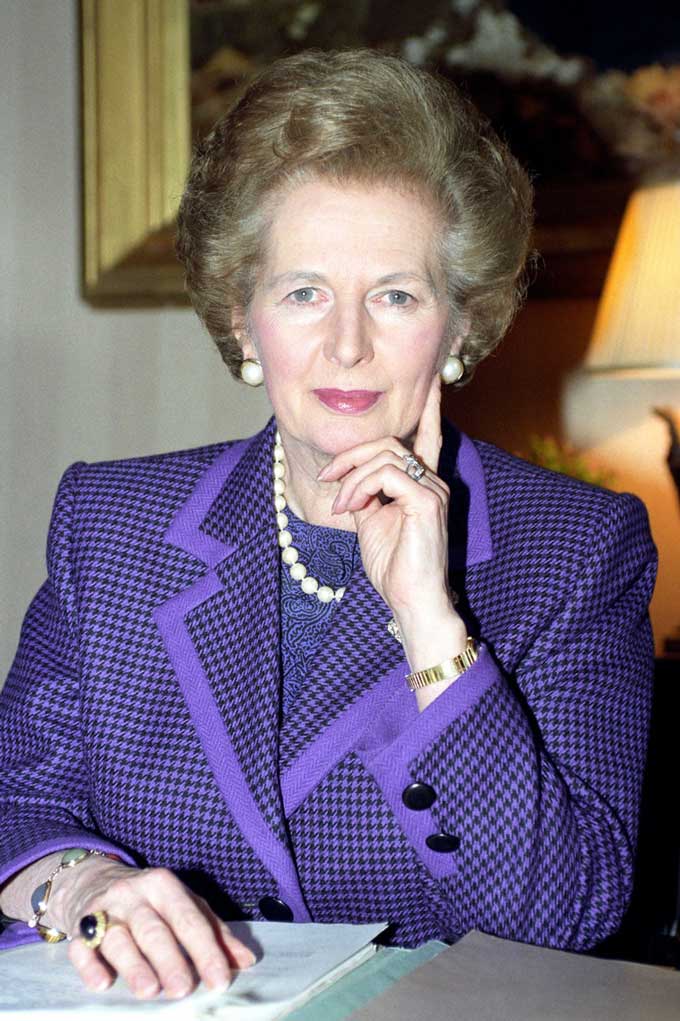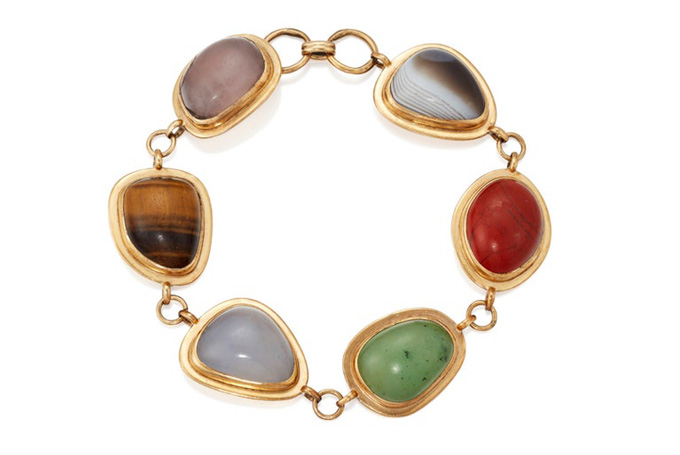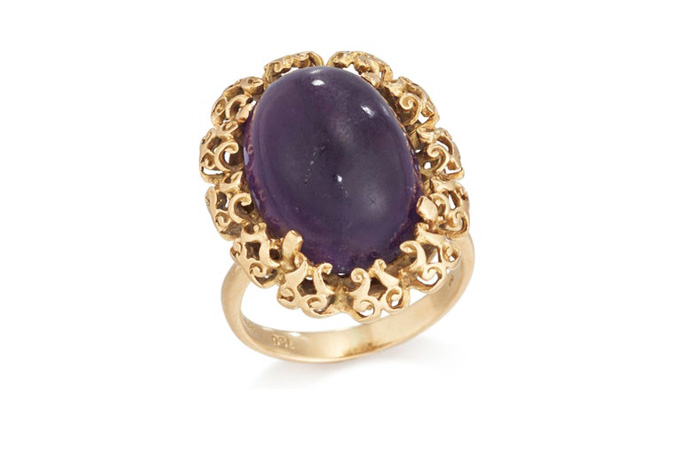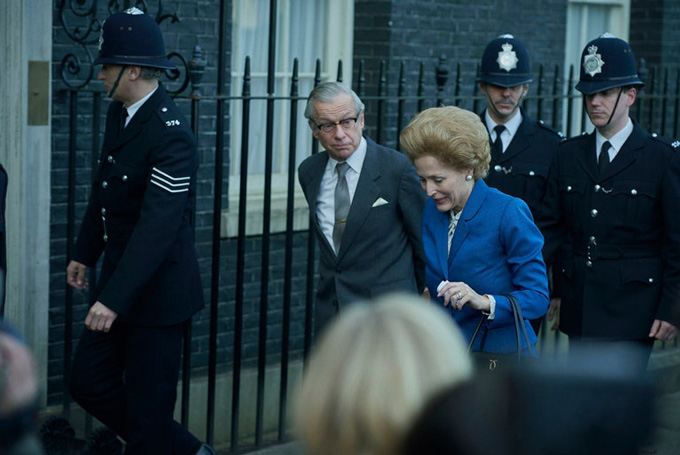In episode two of the fourth season of Netflix’s The Crown, we see the prime minister Margaret Thatcher preparing for a day in Parliament. Sitting at her dressing table, she slowly snaps large clip-on button-style pearls onto her ears, and slides a glossy amethyst ring onto her finger. Ominous orchestral strings get louder—“Daggers”, by composer Martin Phipps—and it becomes clear that Gillian Anderson’s character is preparing for battle. She spends the rest of her day terminating at least three “patronising bullies” from government, delicately ticking off names in red pen as she goes. A political bloodbath in tabloid terms.
The symbolism of women’s jewellery worn as armour is nothing new, the power of a string of pearls being something high-profile female politicians, still so often the first to assume their position, continue to lean on to this day. See the US vice president-elect, Kamala Harris, for the 2020 iteration. In the case of 1981’s budget-slashing, tax-hiking, cabinet-reshuffling Mrs Thatcher however, there were two pieces of jewellery that did more than add polish to her razor-sharp tailoring. These were darker statements: the aforementioned amethyst knuckleduster, and a hard stone, brightly coloured “pebble” bracelet became her right-hand staples.

“I love that Thatcher wore a uniform of jewels as instantly recognisable as her helmet hair and stiff-framed handbag,” says British Vogue’s jewellery and watch director, Rachel Garrahan. “The power pearls, a brooch or two: the Iron Lady loved jewellery but didn’t want it to overwhelm her business-first message. Whatever you think about her politics, you can’t deny that female politicians have followed her lead ever since, cultivating a style that balances femininity with a desire to be treated equally and taken seriously for their policies, not judged for their sartorial choices.

“Thatcher also had grander pieces, including a magnificent Art Deco emerald and diamond necklace by Chaumet, but these were reserved for state or otherwise off-duty occasions,” explains Garrahan. “Her amethyst ring and hard stone bracelet however, both gifts from her husband Denis, were regular fixtures of her Number 10 wardrobe. The bracelet’s cabochon pebbles of hard stones including agate, chalcedony and tiger’s eye were fashionable during the ’60s when Denis gifted it to her, and are enjoying a resurgence today. They and the ring were the perfectly practical, unfussy jewels of a busy and formidable woman famous for terrorising her ministers and for sleeping only four hours a night.”

Elsewhere in the episode, the Queen and Mrs Thatcher awkwardly discuss whether “grit” and a privileged background are mutually exclusive. Many of the budget critics culled that September day hailed from incredibly wealthy backgrounds. Lord Soames, previously the government leader in the House of Lords, is said to have remarked that he would have “treated one of his gamekeepers with more courtesy” than the prime minister showed him. Herself grit personified, Mrs Thatcher later wrote: “I got the distinct impression that he felt the natural order of things was being violated and that he was, in fact, being dismissed by his housemaid.”

Among Lord Soames and his counterparts’ replacements were people like Norman Tebbit, who Mrs Thatcher regarded as “harder” because they were “self-made, ‘Essex man’ kind of Tories” – a rather like the stones adorning the hand that welcomed them into the fold. Proof that while aristocratic diamonds may be forever, the tough, slightly less expensive stones should never be underestimated.





